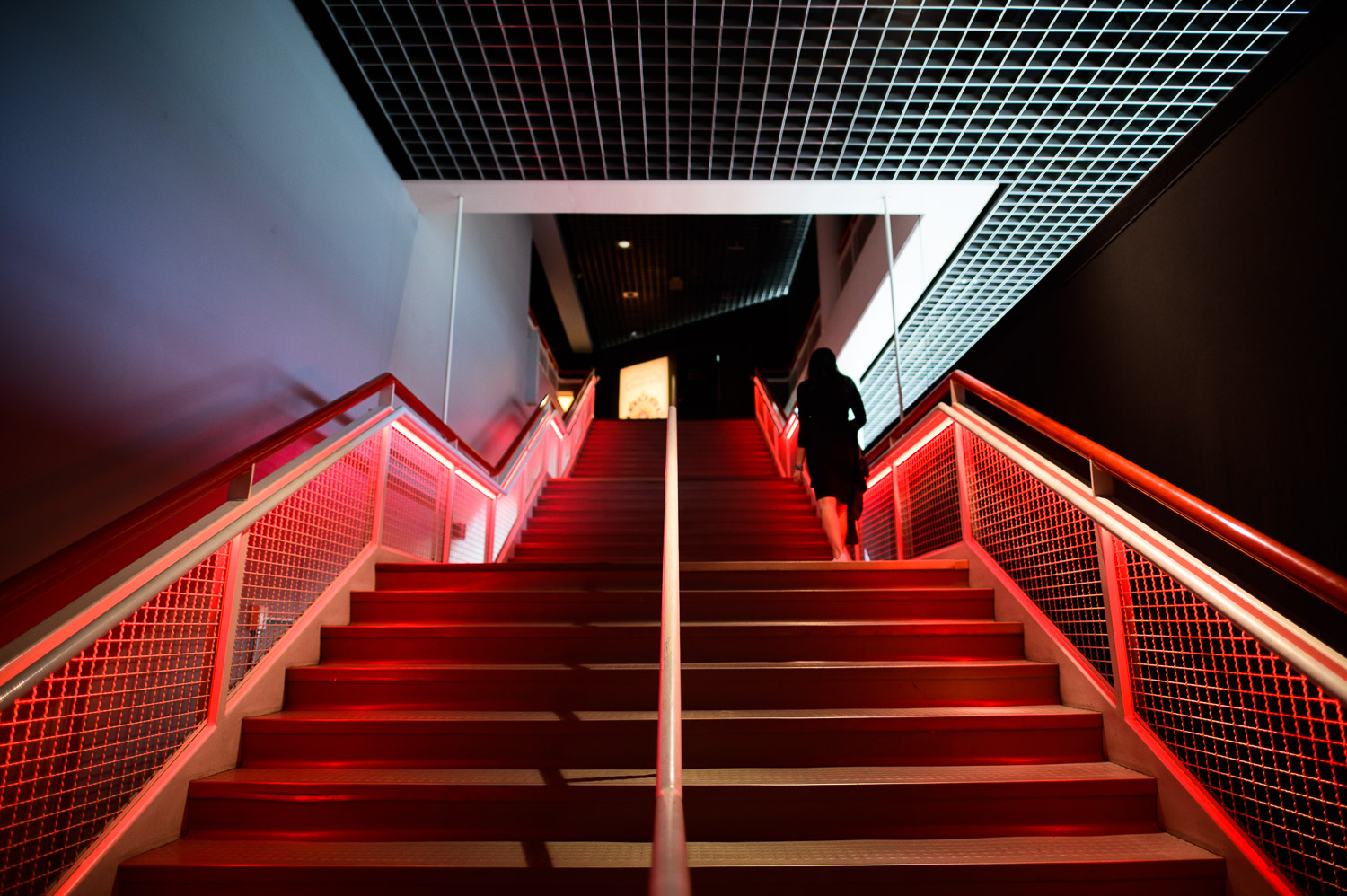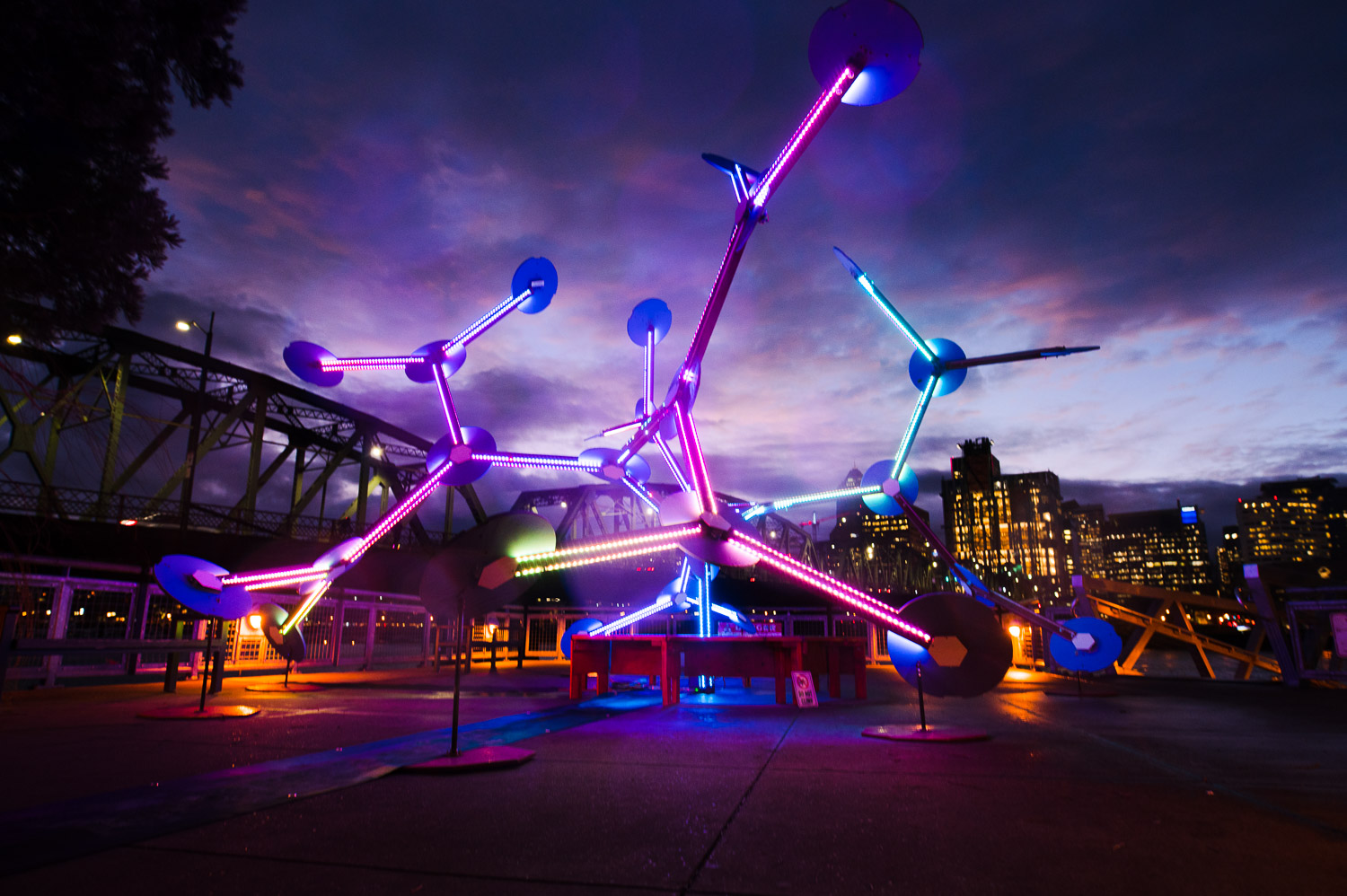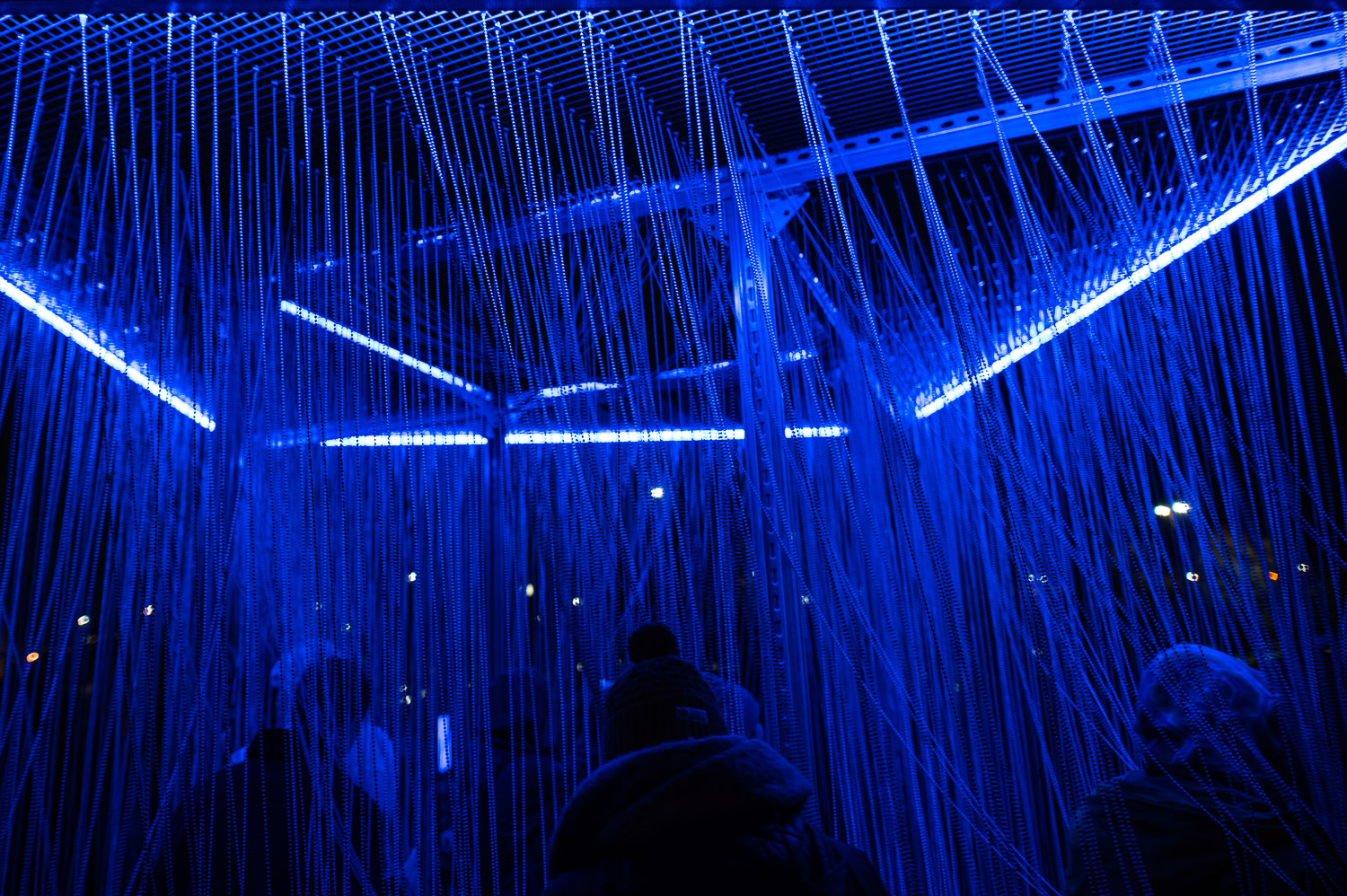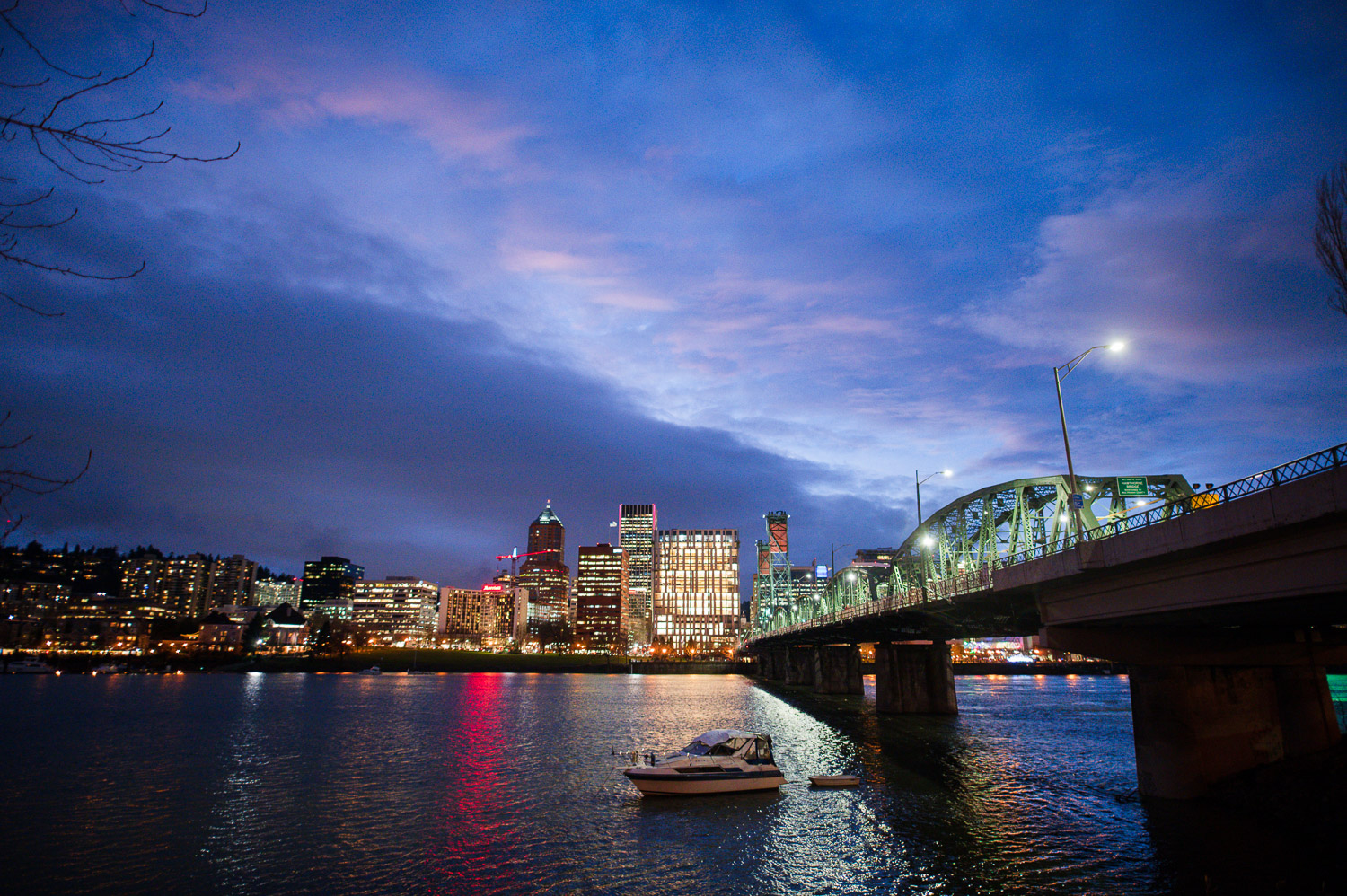- Rare focal length/aperture combination
- Impressively sharp at f/1.4
- Professional build quality
- Great price
- Severe vignetting
- No filter support
Wide-angle lenses don’t get enough credit for their versatility. If you think they’re just for landscapes, allow me this opportunity to change your mind. Though billed as a landscape and astrophotography lens, I enjoyed using the Sigma 20mm F1.4 Art for portraits and product photos, and it was the perfect lens for shooting dancing at a wedding reception (don’t worry, that was a couple of months ago, before social distancing).
This isn’t a new product — Sigma released it in 2015 — but when I was loaned one for my Nikon D780 review, I liked it so much I figured I should write it up. Going on 5 years old, this $900 lens is still the current champion of fast, wide-angle primes for Nikon and Canon DSLRs. It’s also available for mirrorless in either Leica L mount or Sony E mount, although it’s a bit harder to recommend for such cameras.
The design of the 20mm Art does raise some usability concerns that I’ll get to, but if it’s ultimate low-light performance you’re after, no other 20mm lens compares to it. Considering it’s priced to compete with the couple of first-party 20mm f/1.8 lenses that are out there, this is an excellent buy.
Design

Any photographic lens is an exercise in compromise. Price, size, image quality, and features all have to be balanced to hit a goal. For the Sigma Art series, that has always been to deliver the best quality at a price that beats, or at least does not exceed, that of equivalent first-party lenses — with little regard paid to size.
Weighing in at a hair over 2 pounds, the 20mm Art is certainly no lightweight, but that’s the price you pay for a bright f/1.4 aperture and an excellent optical formula. The 15 elements in 11 groups, including two aspherical elements, two of Sigma’s “F” Low Dispersion elements, and five Special Low Dispersion elements, ensure sharp, aberration-free images with minimal distortion.
The lens body measures 3.6 inches in diameter by 5.1 inches long, including a built-in, petal-style lens hood. I found it to be a good fit for the Nikon D780, but I’m not sure how I’d feel about using it on a mirrorless camera.

This is a DSLR-first lens; the mirrorless version includes an integrated “adapter” to make up for the difference in flange-back distance, which makes the lens longer. Perhaps on a hefty Panasonic S-series camera this wouldn’t feel too out of place, but I don’t know how comfortable it would be on a smaller, lighter Sony Alpha-series camera. Given that Sony recently introduced the excellent FE 20mm f/1.8 G, there’s a solid alternative for E-mount shooters.
The Sigma serves up a minimalist exterior with a wide, knurled focus ring and windowed distance scale that lend it a premium look and feel. The AF/MF switch is the only other point of control. There is no stabilizer to turn on or off — not that I would expect one on such a wide, fast lens — nor is there an aperture de-click switch as we’ve seen on Sony’s 20mm f/1.8 and Sigma’s own 35mm F1.2 Art.
The Sigma’s bulbous front element means you won’t be able to fit a standard screw-on filter, which could be a problem for landscapes when you want a polarizer or neutral density filter. Professionals and other experienced shooters might not mind using a filter adapter with large, drop-in filters, but for the rest of us, the lack of native filter support could be a reason to consider an alternative lens.
Autofocus
Using Sigma’s Hyper Sonic Motor (HSM), the 20mm F1.4 Art is quick to focus in both viewfinder and live-view shooting. When racking from foreground to background, you can feel the torque of the motor as it kicks in. Despite this, it makes very little noise.
Continuous autofocus performance was also very good — helped, no doubt, by the smart focusing algorithm used in the D780 — and kept pace with a cyclist riding toward me. It also performed decently in a dimly lit reception hall, although this is where the camera’s focusing sensor was likely the bigger limiter (the D780 is good to -3 EV using the viewfinder).

However, there is one major issue when it comes to autofocus, at least when shooting through an optical viewfinder. Out of the box, my copy of the lens front-focused pretty dramatically. Customers have reported similar issues in user reviews. This isn’t exactly new for Sigma — I also noted the issue when I reviewed the 105mm F1.4 Art — but it is something the company seems to have under control with newer lenses, like the 40mm Art, which I’ve now shot on both Canon and Nikon without issue.
Fortunately, most modern DSLRs give you the option to adjust the focus behavior of a lens (the Nikon D780 can do this automatically using the AF Fine Tune function, which uses focus information from live view to correct viewfinder performance). You can also purchase Sigma’s USB lens dock to program focus adjustments right into the lens’s firmware.
While this problem is easily corrected, it’s still something the customer needs to know how to recognize. I can imagine someone buying this lens and returning it because they simply thought it wasn’t sharp. That couldn’t be farther from the truth.
Image quality
Once I realized what was happening with the autofocus and figured out how to fix it, the Sigma 20mm Art wowed me with incredibly detailed images and surprisingly rich bokeh (not something normally associated with lenses this wide). There appears to be little to no sacrifice in sharpness when shooting wide open at f/1.4.
Distortion is certainly present, but it is pretty mild, and easily correctable in post without incurring much of a crop.
Vignetting could be the real problem here, however, especially if you do intend to use this lens for astrophotography. Night sky photography typically requires a bright aperture and consistent sharpness and exposure across the entire frame. At f/1.4, the 20mm Art vignettes exactly like you’d expect a 20mm f/1.4 lens to vignette. It’s severe.
I don’t mind that for other types of photography, but in astrophotography, when you’re already shooting at high ISOs, correcting the vignette in post by brightening the corners is only going to introduce more noise. Maybe it’s not a huge deal — I’ve seen awesome astro shots from other photographers using this lens — but it’s something to be aware of.
Our Take
The 20mm focal length may have limited use for most photographers, but the Sigma 20mm F1.4 Art has made me a fan. I really enjoyed shooting with it, much more than I thought I would, especially for subjects for which such a wide lens is not expected, like portraits and products. Sometimes, all it takes to refresh your creativity is a new perspective. Literally.
Being an older model, shooting the 20mm Art illustrated the improvement Sigma has made to the autofocus accuracy in newer lenses. I would love to see a mirrorless-specific redesign of this lens, as Sigma did for the 14-24mm f/2.8 Art. However, for Canon and Nikon DSLR shooters, this is still the wide-angle prime to beat.
Is there a better alternative?
Certainly not for Canon DSLRs. Nikon does make a 20mm f/1.8 that is significantly lighter (12 ounces) and accepts 77mm filters. It is also quite a bit cheaper at the time of this writing thanks to instant rebates, which put it just under $720. However, the Sigma is sharper and brighter, and I expect the extra $180 is worth it.
For Sony shooters, the FE 20mm f/1.8 G is worth a look. It weighs just over 13 ounces, uses 67mm filters, and features an aperture ring with de-click control. It’s also optically excellent. At $900, however, you won’t save any money and will sacrifice the extra 2/3-stop of light gathering that the Sigma’s f/1.4 aperture gives you. Still, for most people, that’s a worthy trade for a lens that fits better with Sony’s smaller cameras.
How long will it last?
Released in late 2015, the 20mm Art is going on 5 years old and remains one of the best wide angles on the market. I wouldn’t be surprised if Sigma introduces a mirrorless version in the not-too-distant future, but anyone buying this lens for a DSLR today should have no trouble getting many years of use out of it.
Should you buy it?
If you shoot a Canon or Nikon DSLR, absolutely. If you shoot a mirrorless L-mount camera, maybe. If you shoot a Sony E-mount camera, probably not — go with Sony’s FE 20mm f/1.8.













